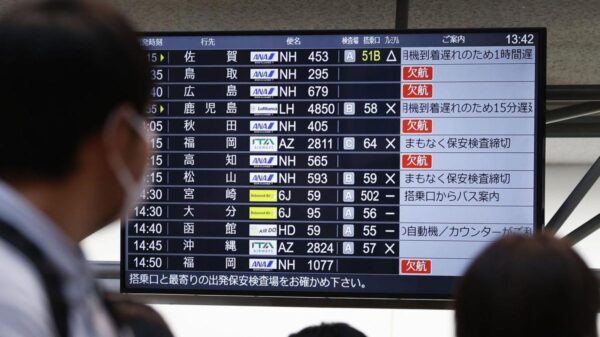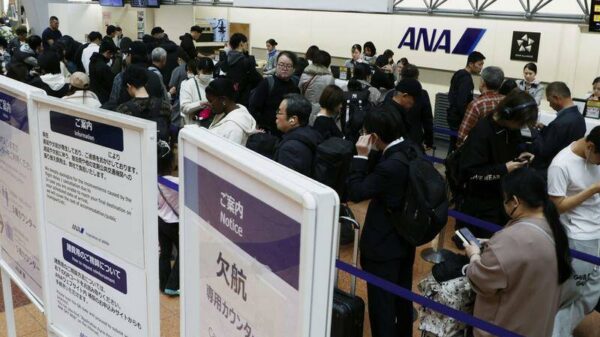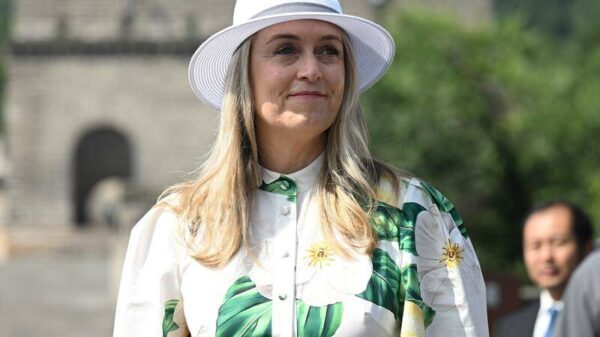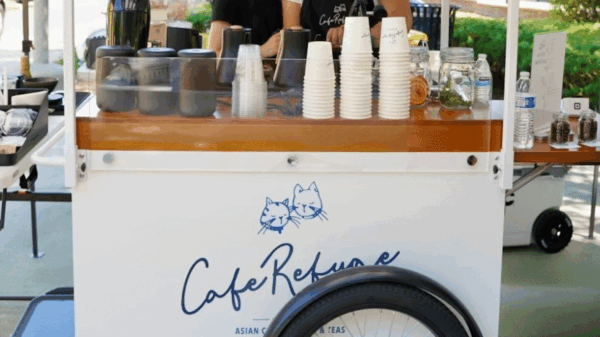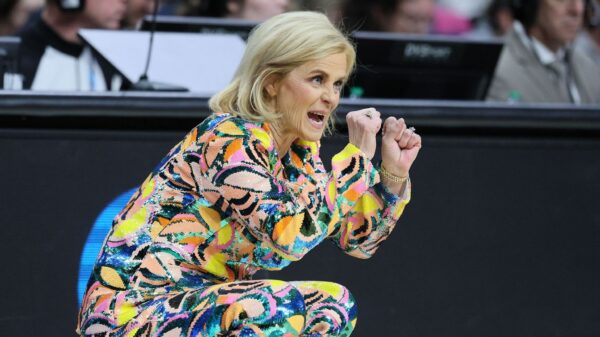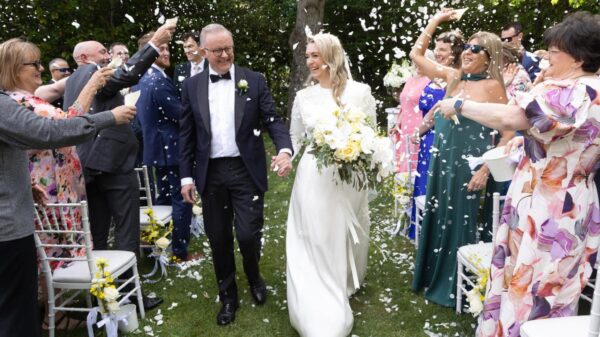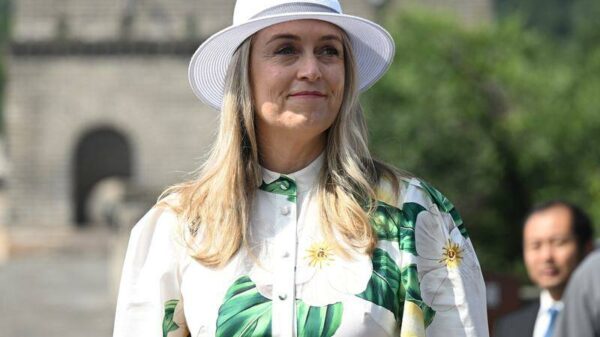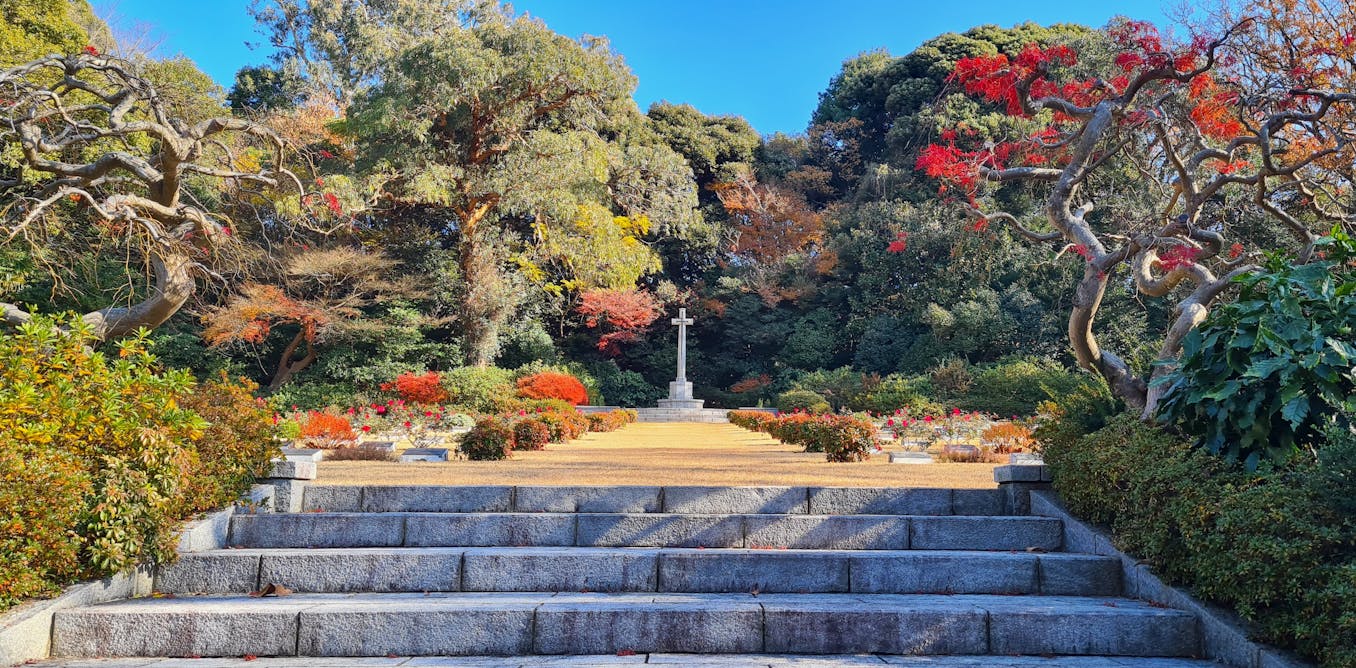The Yokohama War Cemetery, the only Commonwealth war cemetery in mainland Japan, serves as a poignant reminder of the sacrifices made by over 1,500 Allied servicemen and women. Established after World War II, this unique site was collaboratively designed by Australian and Japanese architects, marking a significant step towards reconciliation between the two nations.
Establishing a Final Resting Place
Located approximately six kilometers west of Yokohama’s historic port, the cemetery is set in a serene landscape of pine and cherry trees. It primarily honors those who died as prisoners of war in Japan and China, including 280 Australians. Following the war’s conclusion, Australian and American war graves teams worked diligently to locate and identify the remains of the fallen, often finding them cared for by local temples near prisoner-of-war camps.
The cemetery was officially established between 1946 and 1951, with a dedicated team of architects and horticulturists from the Melbourne-based Anzac Agency of the Imperial War Graves Commission. Many of these professionals were recent veterans of the war, including young architects such as Peter Spier, Robert Coxhead, Brett Finney, and Clayton Vize. Their experiences influenced their vision as they transformed a former amusement park into a solemn burial ground for multiple nations.
A Collaborative Design Effort
The cemetery’s design reflects a harmonious blend of Australian and Japanese cultural elements. The Australian designers collaborated with local Japanese architects to create a “hide and reveal” garden, which subtly unveils views as visitors walk through. This innovative approach to landscape design was inspired by the work of renowned architect Frank Lloyd Wright, notably his use of native Oya stone in the Imperial Hotel in Tokyo.
The principal local architect, Michael Iwanaga, played a crucial role in introducing Australian designers to Japanese funerary architecture’s social and cultural norms. Major construction was undertaken by Yabashi Marble, a company linked to Japan’s modernist architecture renaissance, which contributed to the interior stonework of Japan’s parliament building.
The cemetery’s horticultural aspect was managed by Alec Maisey, a former merchant seaman and veteran of New Guinea. He oversaw landscape development not just in Yokohama but across various war cemeteries in the South Pacific and mainland Australia, ensuring a lasting legacy of natural beauty.
The resulting cemetery stands out from typical British war graves, integrating Asian and Western funeral aesthetics. It serves both as a memorial to the deceased and as an educational site, fostering a deeper understanding of the impact of war on both nations.
Enduring Legacy and Commemoration
War cemeteries often become focal points during commemorative anniversaries but serve as enduring reminders of the realities of conflict year-round. They evoke intergenerational memories for Australians, while for many in Asia, these sites can symbolize a challenging historical period marked by imperial conflicts often overlooked in discussions of sacrifice.
The Yokohama War Cemetery not only commemorates the fallen but also stands as a testament to the collaborative spirit of Australian and Japanese designers in the aftermath of World War II. Their efforts highlight the power of design to bridge cultural divides, fostering understanding and reconciliation.
An exhibition titled Eucalypts of Hodogaya is currently on display at the Shrine of Remembrance in Melbourne, running until August 2026. It further explores the themes of remembrance and reconciliation central to the cemetery’s story, ensuring that the legacy of those who served continues to inspire future generations.

